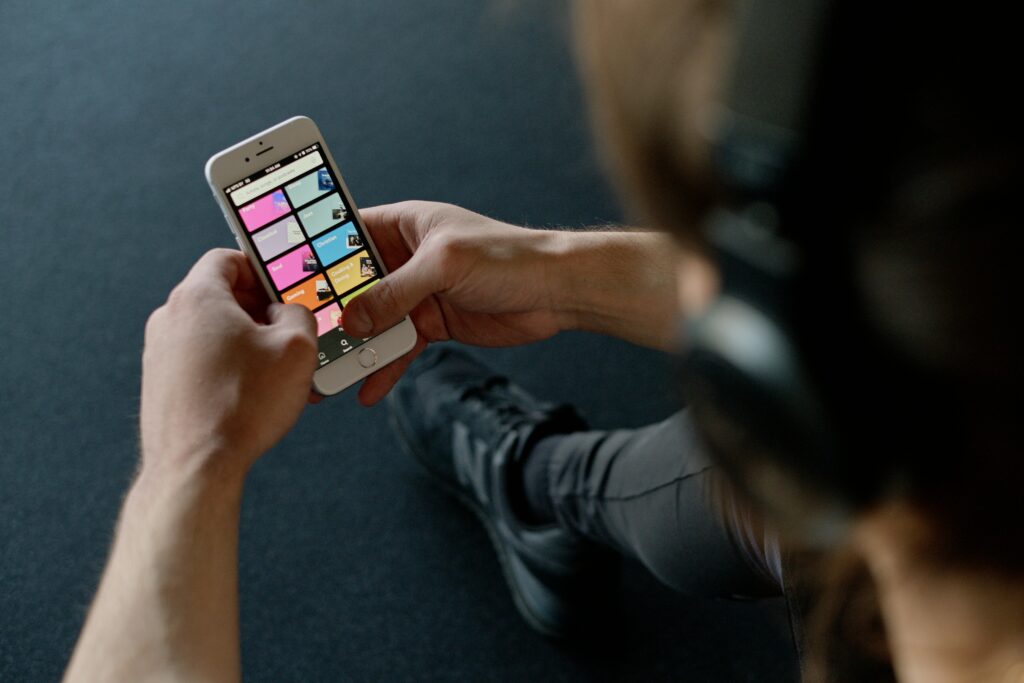Guide
How To Spot A Fake Spotify Playlist: Spotify playlists can be a powerful tool for artists looking to expand their reach and gain streams. However, not all playlists are created equal. With the rise of playlist promotion services, many fake or botted playlists have emerged, offering inflated numbers but little real engagement. Falling victim to a fake Spotify playlist can damage an artist’s reputation and waste valuable marketing budget. In this guide, we’ll walk you through how to identify fake playlists and ensure your music reaches genuine listeners.
1. Check the Playlist Follower-to-Engagement Ratio (How To Spot A Fake Spotify Playlist)
One of the most obvious signs of a fake Spotify playlist is an imbalance between the number of followers and the engagement it generates. A playlist with tens of thousands of followers but very few streams on tracks is a red flag. Genuine playlists tend to have consistent engagement, meaning the songs placed in them will typically gain a steady number of streams proportionate to the playlist’s following.
How to Spot It:
- Look at the artist’s Spotify for Artists analytics and compare stream numbers from the playlist versus its follower count.
- If you’re seeing 50,000+ followers but only a few dozen streams, it’s likely a botted playlist.
2. Examine Listener Geography and Demographics (How To Spot A Fake Spotify Playlist)
Spotify provides artists with analytics on where their streams are coming from. Fake playlists often generate streams from obscure locations with little to no actual listener base. This is because bot networks are frequently run in specific regions where fraudulent activity is common.
How to Spot It:
- Check if the majority of streams are coming from unexpected locations where you have no fan base.
- If you see a sudden influx of streams from a single country you’ve never marketed to, it’s a red flag.
3. Look at the Playlist’s Curator and Profile Activity (How To Spot A Fake Spotify Playlist)
A trustworthy playlist curator should have a history of engagement in the music industry. Fake playlists are often managed by anonymous or inactive profiles with little or no identifiable presence.
How to Spot It:
- Check if the curator has a real social media presence and engages with artists.
- Look at their Spotify profile – if they only follow their own playlists and no other artists, they may not be a real curator.
- Avoid curators who promise placements in exchange for a fee, as many of these are scams violating Spotify’s terms of service.
4. Analyze the Playlist’s Tracklist and Update Frequency (How To Spot A Fake Spotify Playlist)
Legitimate playlists are curated with care, featuring a variety of songs that fit a specific theme or genre. Fake playlists, on the other hand, often feature unrelated songs, including a mix of unknown artists and tracks that do not fit together.
How to Spot It:
- A real playlist is updated regularly, ensuring fresh content.
- Fake playlists often remain static for long periods with the same tracks.
- If you see completely random songs placed together with no logical curation, be suspicious.
5. Assess the Save Rate and Listener Behavior
One of the most important engagement metrics on Spotify is the save rate—how often listeners save a song to their own library after hearing it in a playlist. Fake playlists generate streams but often have zero to very few saves.
How to Spot It:
- Look at your Spotify for Artists data and check the ratio of streams to saves.
- A playlist generating thousands of streams but no saves suggests fake engagement.
6. Beware of Paid Playlist Promotion Scams
Many services promise artists guaranteed placements in exchange for a fee. While some legitimate promotion services exist, many are simply bot networks that inflate numbers artificially.
How to Spot It:
- If a service guarantees a set number of streams in a short period, it’s likely using bots.
- Be cautious of any service that claims direct affiliation with Spotify (Spotify does not sell playlist placements).
- Research online reviews and look for reports of bot activity from other artists.
7. Compare with Spotify’s Editorial and Algorithmic Playlists
Spotify’s own editorial playlists and algorithmic playlists (like Release Radar and Discover Weekly) generate organic engagement because they’re curated based on user preferences and listening habits. If you want real results, these are the playlists you should aim to land on.
How to Spot It:
- Editorial playlists have the official Spotify branding and are managed by Spotify’s team.
- Algorithmic playlists will vary per listener, tailoring song placements to individual tastes.
- Unlike fake playlists, these generate real listener interaction, including saves and follows.
Final Thoughts On How To Spot A Fake Spotify Playlist
Spotting fake Spotify playlists is crucial for artists looking to build a sustainable career. While getting streams may seem like the ultimate goal, artificial engagement offers no long-term value. Instead, focus on organic growth by networking with legitimate curators, promoting your music effectively, and building a real fanbase.
By following these tips, you can avoid scams and ensure your music reaches genuine listeners who will engage, support, and appreciate your work.
